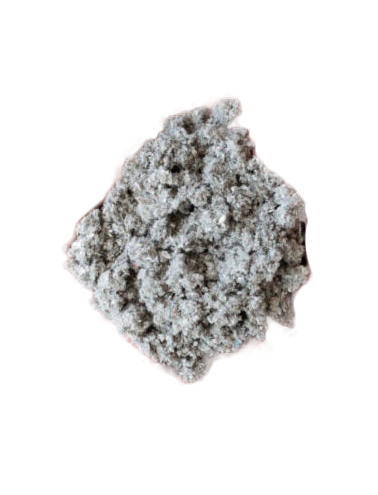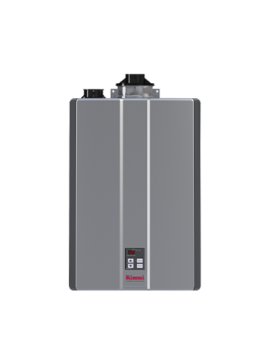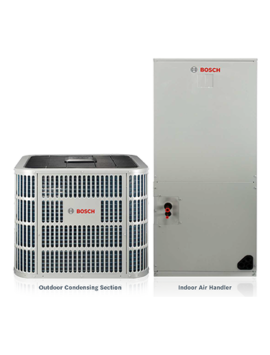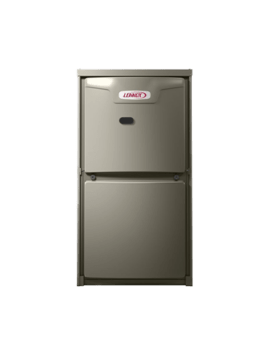Description
Want to significantly lower your energy bills while also keeping your home cozy in winter and cool in the summer? One of the best things you can do is make sure your attic is sufficiently insulated. In fact, insulating your attic can save up to 20 percent on your heating and cooling costs,1 according to the U.S. Department of Energy.
The effectiveness of insulation is measured in relation to its thermal resistance which is a way of saying how much conductive heat flow the product stops from going through it. This measurement is described as R-Value. Generally speaking, a higher R-value means better insulating properties. The recommended R-value for attic insulation in Ontario is between R-50 and R-60.
The Attic, although commonly ignored by the majority of house owners, is an important part of the home that must be checked often. If you’re not the type that checks out your Attic at intervals, you’re likely wasting some of your resources in there.
Your Attic should help to conserve energy and save up your resources in the process. But, if yours isn’t doing that, then you’ve got work to do. If you want to install the R-60 in your Attic soonest, it is expedient that you get more information about it to determine if it is great for your home or not.
Installation
There is a lot more work that goes into installing attic insulation than simply laying the batting or blowing the loose-fill material into place. Most of these considerations require specialized knowledge and experience which is why it is impossible to replicate the effectiveness of professionally installed insulation when attempting to do it yourself. There are also additions such as air barriers, thermal bridges, vapour retarders and much more which help the insulation to work at its most efficient.
Attic Flaws
Closely related to the previous point, attic flaws such as under-insulted vent pipes and ducts, under-ventilated attic, architectural flaws, moisture issues, awkward fixtures and air leaks among others all have to be addressed before installing the insulation. The effectiveness of the insulation can be cut drastically with even one of these flaws regardless of the quality, brand or R-Value you are installing.
Attic Insulation Toronto has decades of experience working around these issues and more to make sure that you are getting the best in energy efficiency, soundproofing and ambient temperature advantages from your new insulation.
Density and Thickness
The actual thickness of the insulation isn’t the only consideration when measure R-Value so thick insulation doesn’t always translate to the most effective. There is also the issue of settling particularly with blown-in insulation where the material shifts and settle over time, reducing its R-Value. This problem is easy to overcome by over-insulating but it is not always obvious how much more insulation you need in this case. There might also be space and architectural constraints to overcome which will largely influence the density and thickness you choose to install.






